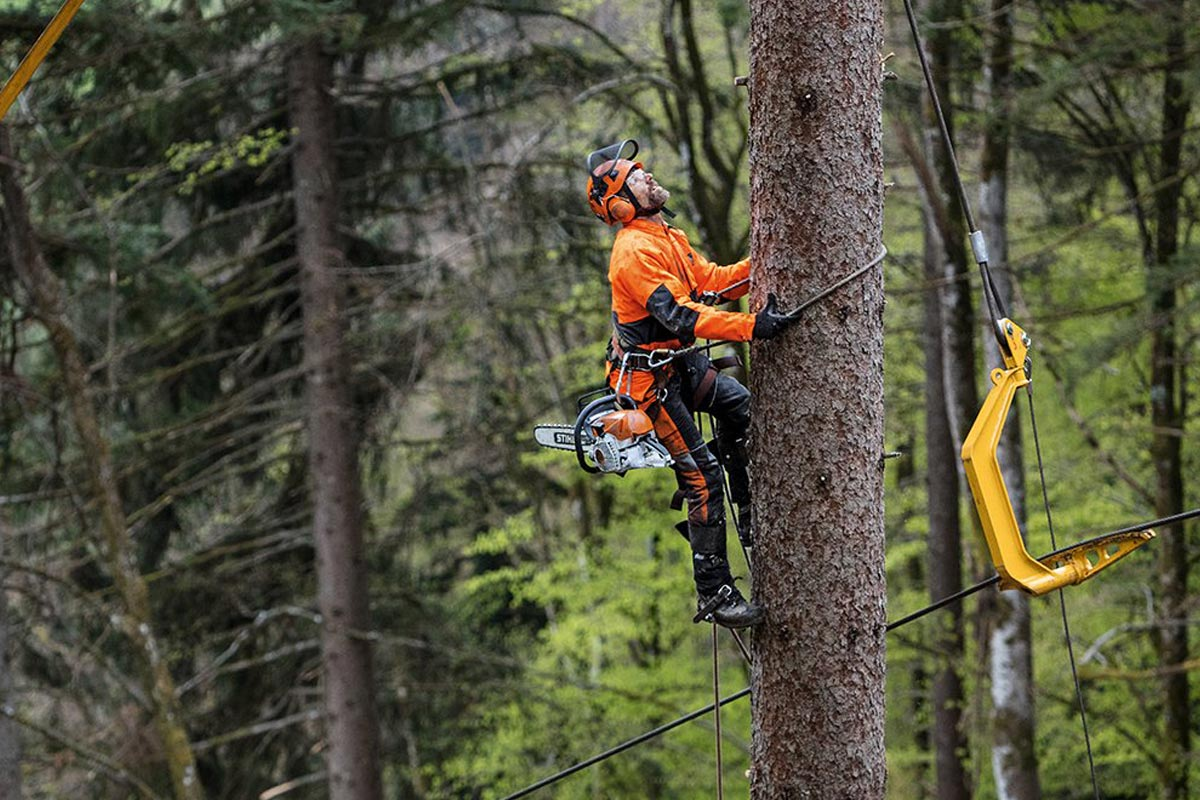
Tree care is a crucial aspect of maintaining the beauty and health of our natural surroundings. From residential gardens to public parks, trees provide shade, aesthetic appeal, and environmental benefits. However, proper tree care requires expertise and specialized techniques, especially when it comes to managing tree health and removing tree stumps. This article delves into the essential role of arborists and explores efficient stump removal techniques.
The Role of Arborists
Arborists, often referred to as tree surgeons, are professionals trained in the art and science of planting, caring for, and maintaining trees. Their expertise is invaluable for ensuring the longevity and health of trees. Arborists are equipped with the knowledge to diagnose and treat tree diseases, prune branches, and provide essential care that promotes robust growth.
Tree Health and Maintenance
Arborists play a pivotal role in diagnosing and treating tree ailments. Trees, like any other living organisms, can suffer from diseases and infestations. An arborist can identify symptoms of distress such as discolored leaves, unusual growth patterns, or signs of pest invasion. Once a diagnosis is made, they can recommend appropriate treatments, whether it’s applying specific pesticides, trimming affected areas, or improving soil conditions.
Pruning and Trimming
Regular pruning and trimming are vital for tree health and safety. Arborists use their expertise to determine the best times and methods for pruning, ensuring that it promotes healthy growth and prevents damage. Proper trimming can enhance a tree’s structure, reduce the risk of falling branches, and improve sunlight penetration and air circulation within the canopy.
Tree Planting and Transplanting
Planting a tree involves more than just digging a hole and placing a sapling. Arborists consider factors such as soil type, climate, and tree species to ensure successful growth. They also assist with transplanting mature trees, a delicate process that requires careful planning and execution to minimize stress on the tree and ensure its survival in a new location.
Efficient Stump Removal Techniques
Once a tree is cut down, the remaining stump can be an eyesore and a potential hazard. Efficient stump removal is essential for maintaining a tidy and safe environment. Several techniques are employed to remove stumps, each with its advantages and considerations.
Mechanical Stump Grinding
Stump grinding is one of the most common and effective methods of stump removal. It involves using a stump grinder, a powerful machine with rotating cutting disks that grind the stump into small wood chips. This method is efficient and can remove stumps to a depth of 12 inches or more, making it suitable for planting new vegetation in the same spot. The resulting wood chips can also be used as mulch for gardens, adding an eco-friendly aspect to the process.
Chemical Stump Removal
Chemical stump removal involves applying specific chemicals to accelerate the decomposition of the stump. This method is less labor-intensive and can be a cost-effective solution for homeowners. However, it requires patience, as the chemicals take several weeks or months to break down the wood. It’s crucial to follow safety guidelines when using chemicals to avoid harm to surrounding plants and soil.
Manual Removal
For smaller stumps or in areas where machinery cannot access, manual removal might be the best option. This labor-intensive method involves digging around the stump to expose the roots and using tools like axes, saws, and shovels to cut and remove the roots. While this method is time-consuming, it allows for complete removal of the stump and roots, ensuring that there are no remnants left to hinder future landscaping efforts.
Burning
In some cases, controlled burning can be used to remove a stump. This method involves drilling holes into the stump, filling them with a flammable substance, and igniting it. The stump slowly burns down over several hours or days. Burning is generally considered a last resort due to safety concerns and environmental regulations. It requires careful monitoring to prevent accidental fires and should only be performed by experienced individuals.
The Importance of Professional Tree Care
Engaging the services of a professional arborist for tree care and stump removal ensures that these tasks are performed safely and effectively. Arborists bring a wealth of knowledge and experience, making them invaluable for maintaining tree health and aesthetics. Their expertise in diagnosing tree issues, performing precise pruning, and recommending suitable treatments can significantly extend the lifespan of trees and enhance the beauty of any landscape.
Additionally, professional stump removal services ensure that stumps are dealt with efficiently, leaving no unsightly remnants. Whether through grinding, chemical treatments, manual extraction, or controlled burning, arborists employ the most suitable method for each situation, ensuring a clean and safe environment.
Conclusion
Trees are a vital part of our environment, providing numerous benefits that enhance our quality of life. Proper tree care, administered by skilled arborists, ensures that trees remain healthy, safe, and beautiful. Efficient stump removal techniques further contribute to a well-maintained landscape, preventing hazards and allowing for new growth. By understanding the role of arborists and the various methods of stump removal, homeowners and property managers can make informed decisions that promote the health and aesthetics of their surroundings.

